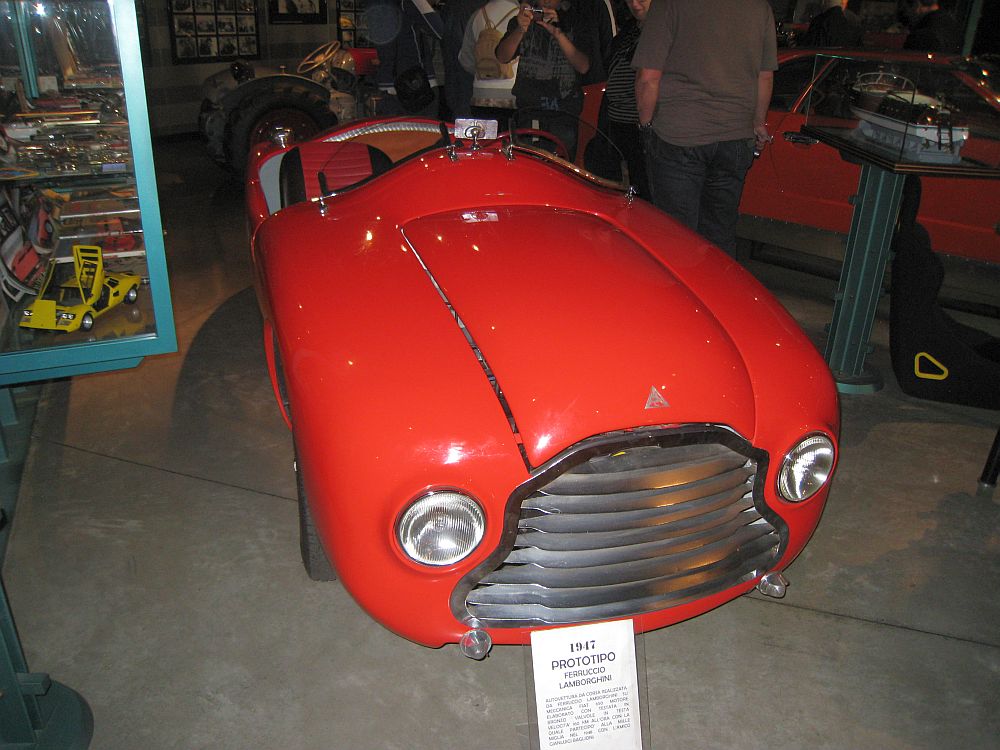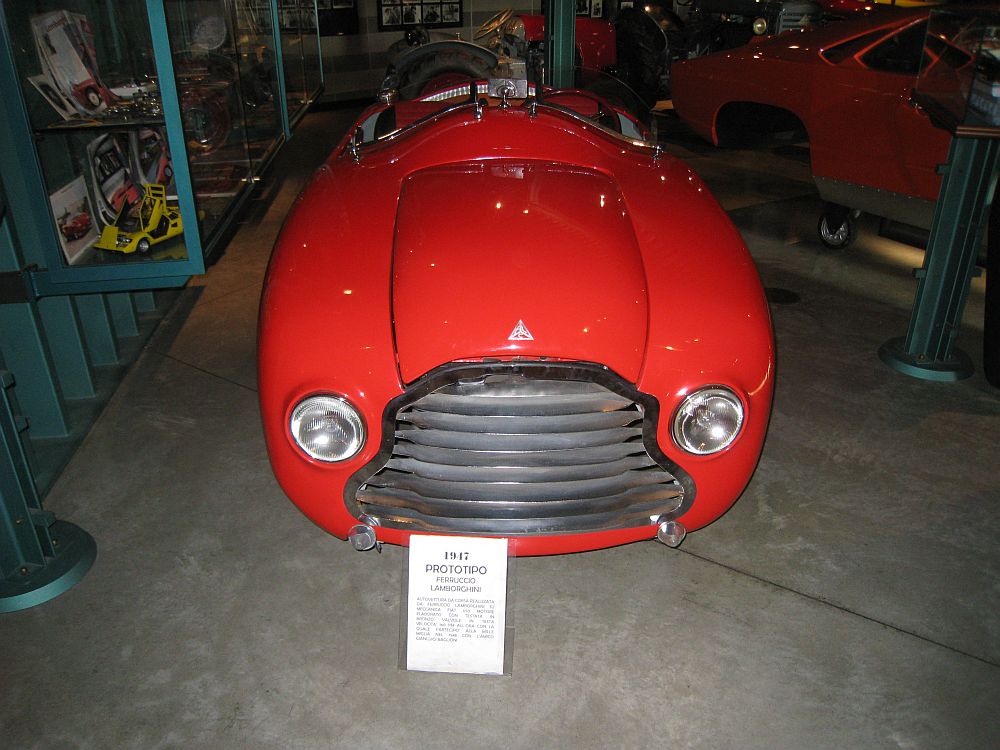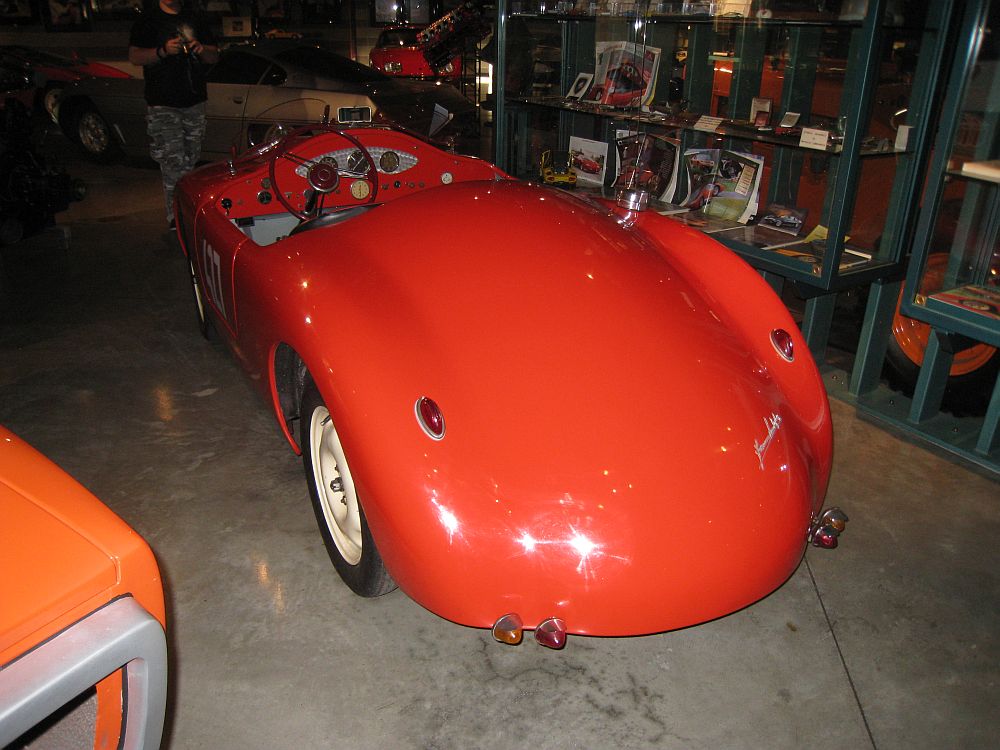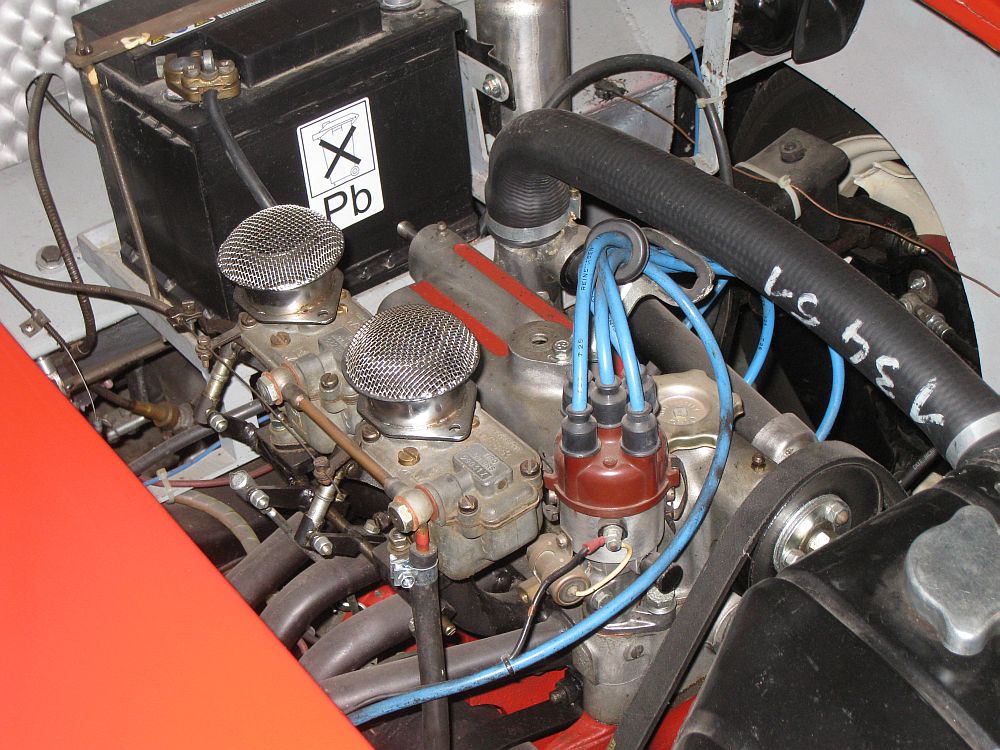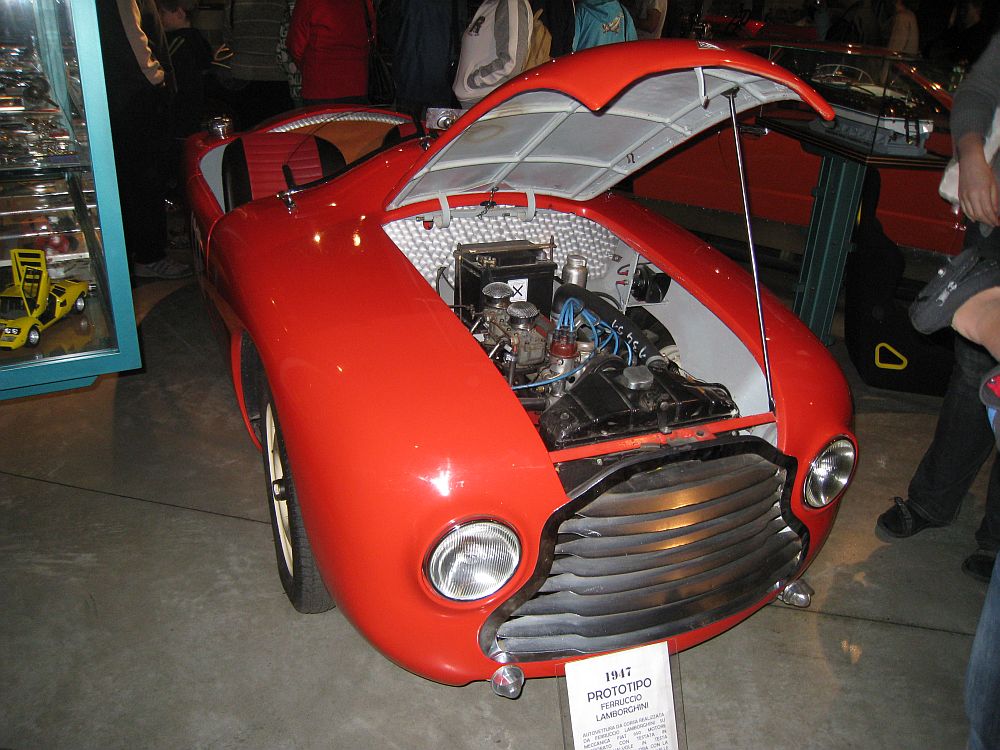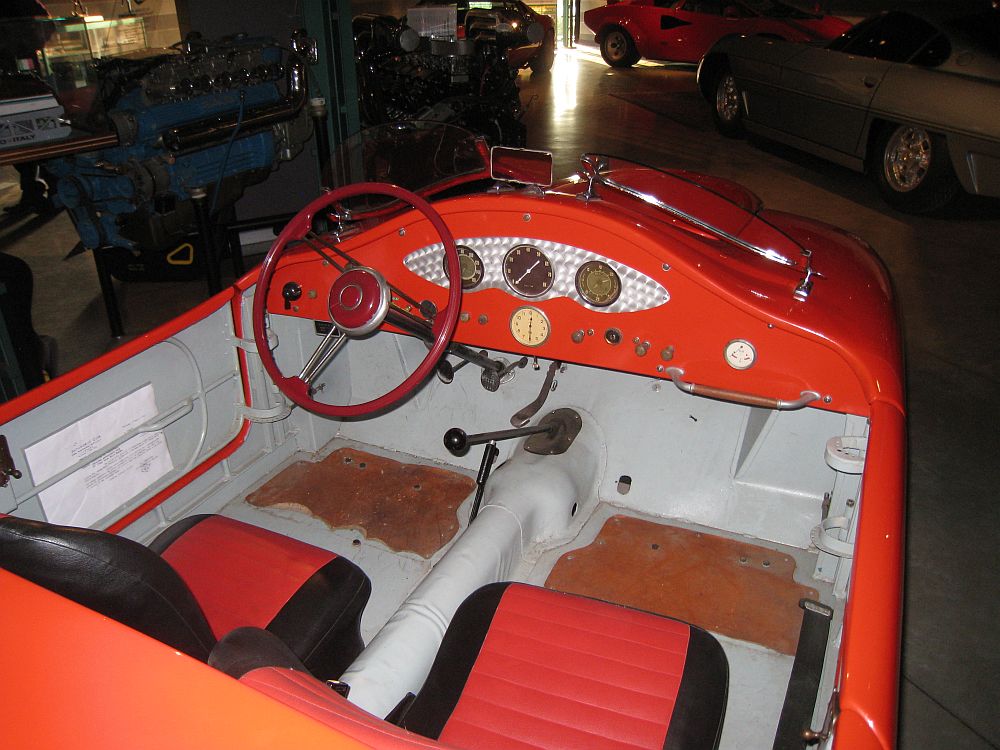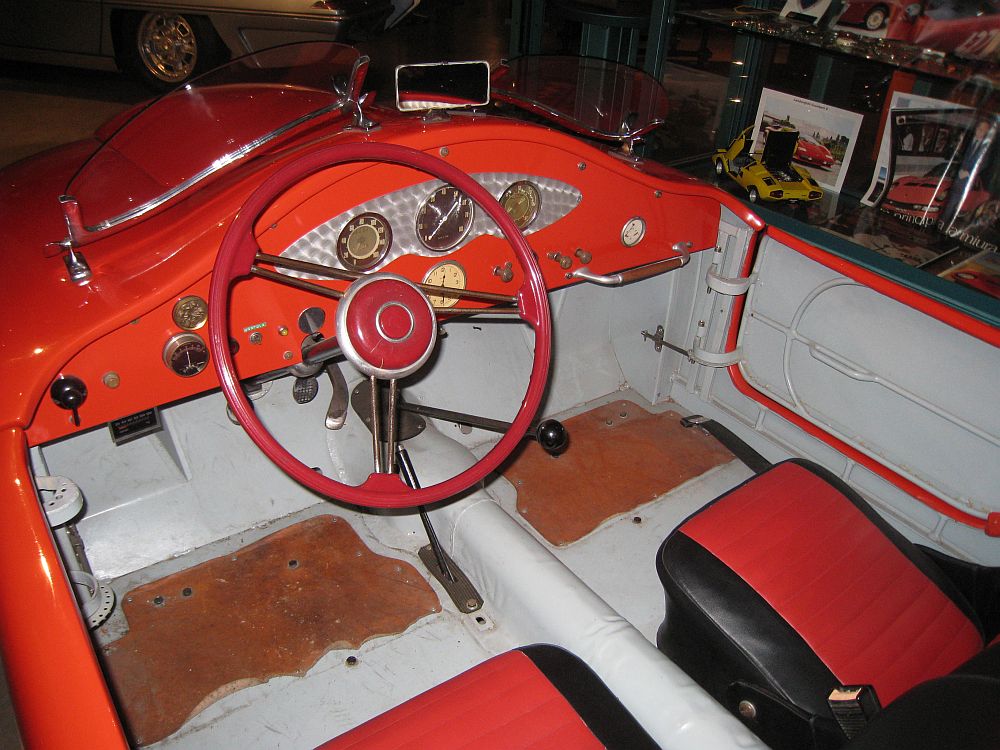Description
The Lamborghini Prototipo Spider was a unique and visionary open-top prototype that captured the spirit of experimentation and ambition that defined Lamborghini’s early years. Conceived during the 1960s—a decade when the company was transforming from an ambitious newcomer into one of the world’s leading builders of exotic sports cars—the Prototipo Spider was an elegant and daring study in design, performance, and innovation. Although it never entered full production, it played an important role in shaping Lamborghini’s identity as a maker of avant-garde, driver-focused machines that blended technical brilliance with aesthetic daring.
The Prototipo Spider emerged during a period of intense creativity within Lamborghini’s design and engineering teams. The company, founded by Ferruccio Lamborghini in 1963, had already established itself with models such as the 350 GT and 400 GT—cars that combined refinement and speed in a way that rivaled Ferrari’s best. But Ferruccio wanted to go further, to create a car that expressed both sophistication and sensuality. The Prototipo Spider, conceived as a one-off showpiece, was built to explore how the mechanical excellence of Lamborghini’s grand tourers could be translated into an elegant, open-air sports car.
The car’s mechanical basis was derived from the early 350 GT platform, employing a front-mounted 3.5-litre V12 engine designed by the legendary Giotto Bizzarrini. This all-aluminium powerplant, with four overhead camshafts and six twin-choke Weber carburetors, produced around 280 horsepower at 7,000 rpm—an exceptional figure for the time. Mated to a five-speed ZF manual gearbox and independent suspension all around, the setup gave the Prototipo Spider the poise and precision of a true grand touring machine. The V12’s silky yet urgent character defined the car’s personality, delivering both refinement and a spine-tingling exhaust note when driven in anger.
The design of the Prototipo Spider was entrusted to Touring of Milan, the same coachbuilder responsible for the 350 GT. Touring’s “Superleggera” construction technique—an ingenious system of lightweight aluminium panels stretched over a tubular steel frame—was used to create a body that was both strong and incredibly light. The proportions were classically Italian: a long, tapering bonnet, short rear deck, and a cockpit set far back within the chassis. The result was a shape of perfect balance, understated yet seductive, with an effortless grace that contrasted with the more aggressive designs that would later define Lamborghini.
Visually, the Prototipo Spider was distinguished by its flowing, organic surfaces and minimal ornamentation. The front end featured delicate oval headlamps and a slim grille, flanked by sculpted fenders that gave the car a natural sense of motion. The windscreen was sharply raked, and the side profile emphasized the car’s length and poise, with smooth bodywork uninterrupted by excessive trim. The rear was subtly contoured, with twin round taillights and finely integrated exhaust outlets. The convertible top was designed to fold neatly behind the seats, preserving the car’s lines whether raised or lowered. In total, the car’s form exuded an aura of quiet sophistication—more a piece of automotive sculpture than a conventional sports car.
Inside, the Prototipo Spider carried the same philosophy of elegance and restraint. The cabin was trimmed in fine leather and brushed aluminium, with a clean dashboard layout dominated by large, clearly marked Jaeger instruments. The three-spoke wood-rimmed steering wheel, slender gear lever, and supportive bucket seats conveyed an air of sporting refinement. The view over the long bonnet, framed by the low windscreen, made the driver feel like they were at the helm of a precision instrument rather than simply behind the wheel of a car.
Performance was predictably impressive. With its lightweight construction and potent V12 engine, the Prototipo Spider could reach speeds exceeding 150 mph, making it one of the fastest open cars of its day. Its combination of balance, grip, and high-revving performance gave it the temperament of a true thoroughbred grand tourer. Yet, despite its capability, the car’s personality was never harsh or temperamental—it was meant to be driven and enjoyed rather than tamed.
The Lamborghini Prototipo Spider was shown in limited settings and served primarily as a development and design study rather than a commercial model. It represented a transitional moment in Lamborghini’s history—bridging the refined elegance of the early 350 GT with the revolutionary boldness of the Miura, which would debut shortly afterward in 1966. While the Prototipo Spider’s graceful lines owed much to the traditions of Italian grand touring, its technical sophistication and purity of form hinted at the direction Lamborghini would take in the years ahead.
Only one example of the Prototipo Spider is known to have been built, making it an exceptionally rare and significant piece of Lamborghini history. Its influence can be traced in later models, particularly the open-top interpretations of the Miura and the clean, muscular elegance that became a hallmark of the brand’s later grand tourers.
Today, the Lamborghini Prototipo Spider stands as a symbol of the company’s formative years—a car that captured the blend of artistry, engineering excellence, and ambition that would define Lamborghini for decades to come. It represents a time when Ferruccio Lamborghini was not just building cars but crafting an identity—one that valued beauty, power, and individuality in equal measure. The Prototipo Spider remains a timeless reminder that before Lamborghini became synonymous with extreme performance, it was first a master of grace, proportion, and the quiet allure of perfection in motion.
